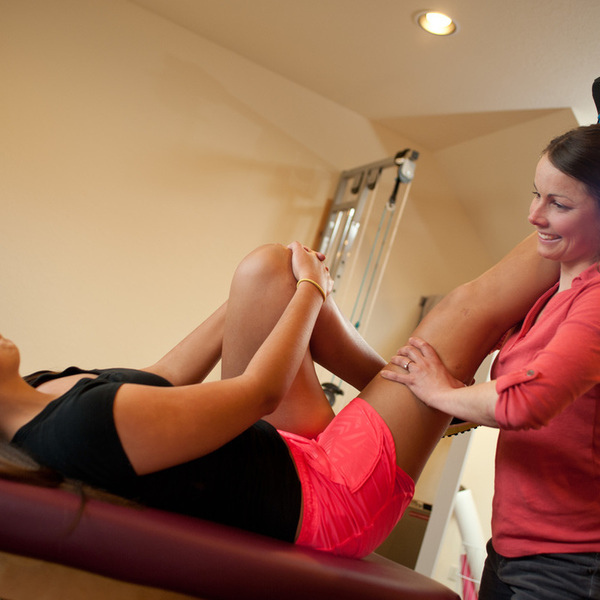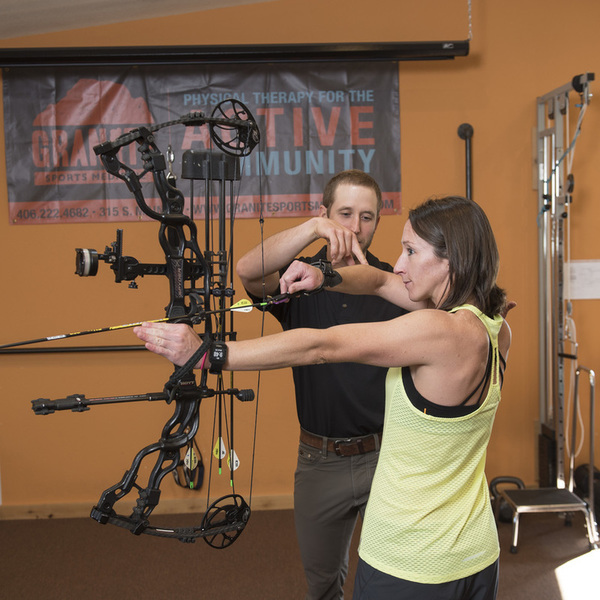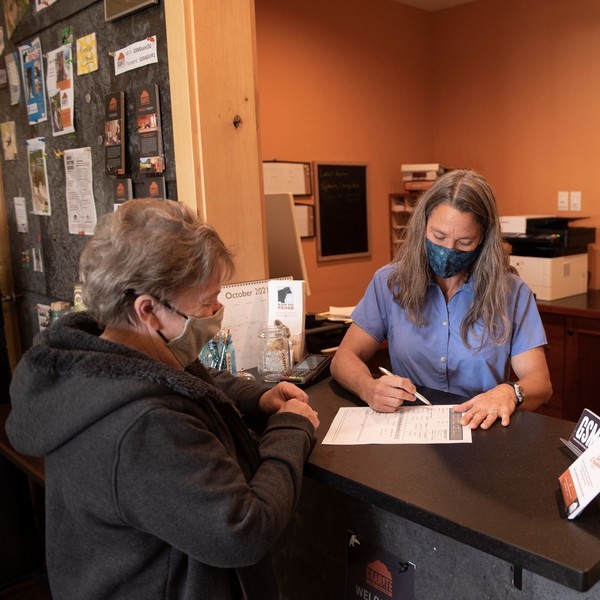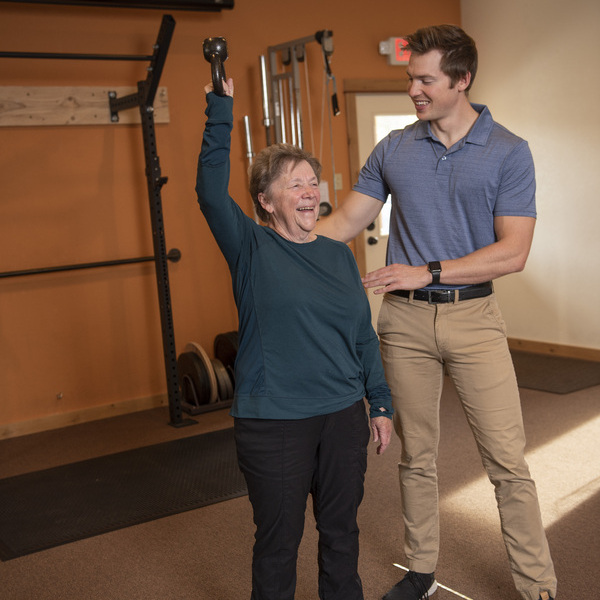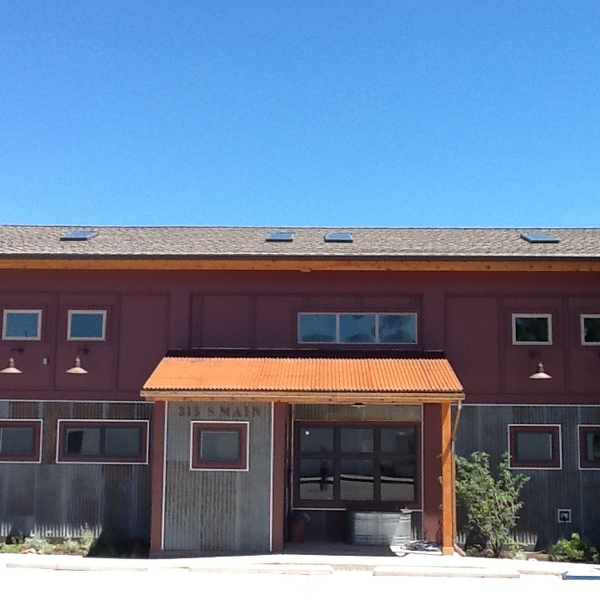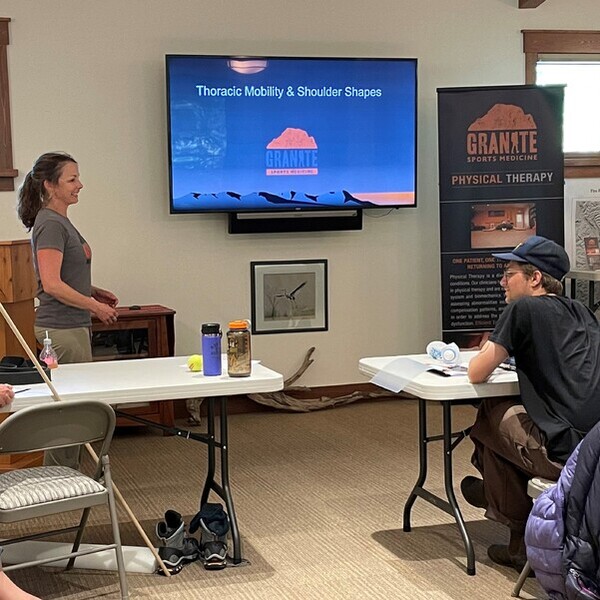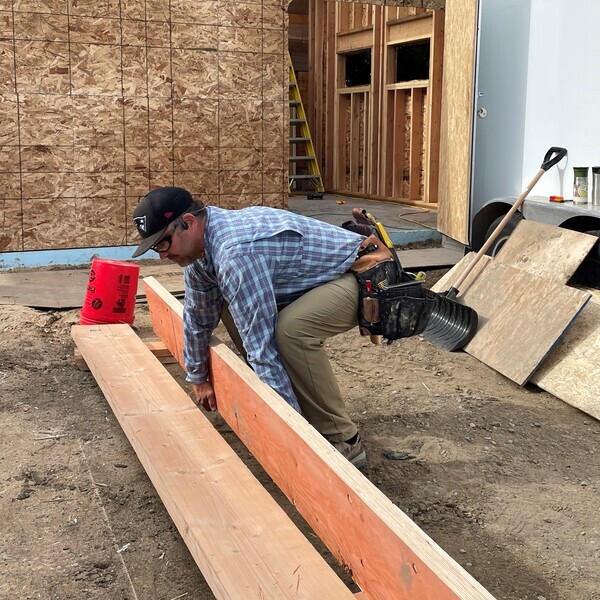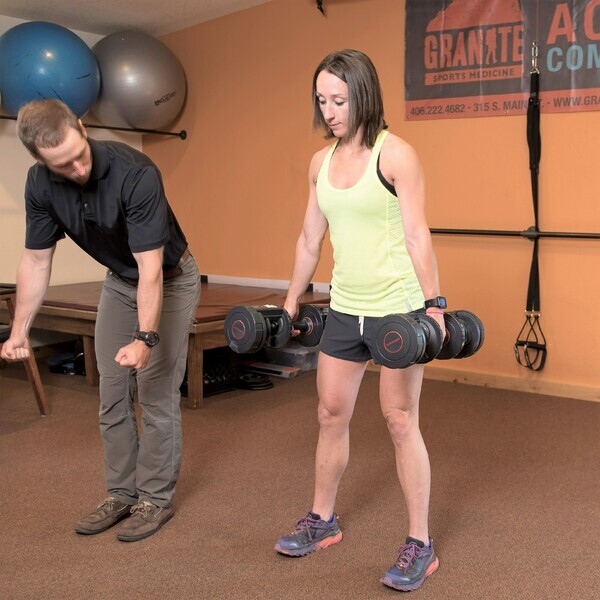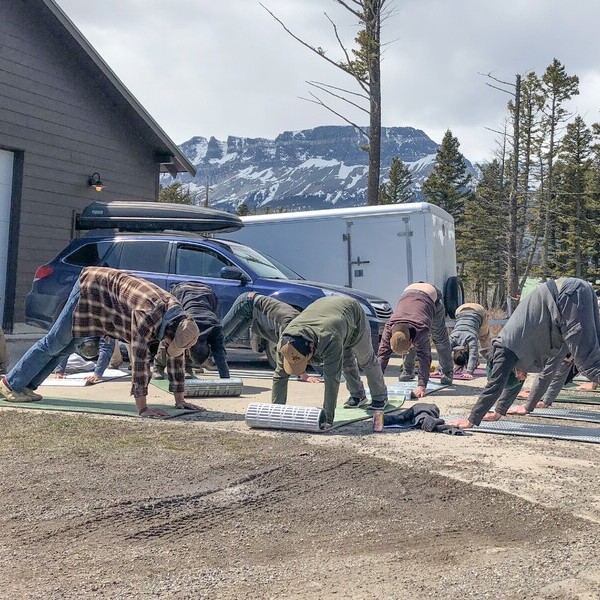Needing to have surgery stinks, and while it’s widely known that people usually end up doing some PT after they have a joint surgery, many people don’t think about doing a course of PT beforehand. There are a lot of great reasons to do some pre-op PT: it can help you feel prepared for your surgery and fully understand your surgical protocol and precautions, establish your pre-operative functional abilities to help set post-operative goals, understand healing timelines, as well as educate you on how to stay as fit and strong as possible while you heal. PTs can measure strength and functional capacity before you lose muscle while you are stuck being sedentary after surgery so your readiness to go back to sports and higher-level activities can be accurately assessed.
What will the day of surgery and days immediately after surgery look like? Do I need any equipment? Patients have questions and we have a ton of experience helping patients through the process and have the time to go through your protocol and restrictions (before you are loopy on pain meds!). We can make sure you are clear on any activity restrictions therefore eliminating any surprises after the surgery.
Even though you might not be able to do everything you are used to, surgery doesn’t mean you need to stay in bed for 6 weeks until you heal. In fact, post-op healing is better AND faster if you stay strong and active during your recovery. Loss of muscle mass and activity capacity can happen extremely quickly during a period of inactivity. We lose strength fastest in the first week of inactivity, and we lose fast twitch muscle fibers more quickly than slow twitch. PT can help you learn how to adapt your favorite exercises so you can still get your heart rate up, lift heavy stuff, and stay strong even if you must leave a leg or an arm out of the equation for a while. There’s no reason to sacrifice your whole body’s fitness because your knee or shoulder is out of the game!
Another important aspect of staying strong is knowing where you started. Because surgery can keep you from working at your normal capacity, your overall strength (not just the knee or shoulder you got patched up) decreases. While we can test strength to compare limb symmetry during post-op recovery, if we don’t have a measure of that prior to surgery, we cannot truly know if you are back to where you were prior to surgery.
If you are facing an orthopedic surgery, consider doing a pre-op appointment (or a few!) to make sure you are ready to take control of the operative experience and go into surgery with money in your fitness bank.
-Written by Sydney Williams, DPT
 Call 406 222 4682
Call 406 222 4682 Text 406 222 4682
Text 406 222 4682 Get Directions
Get Directions Instagram
Instagram  You Tube
You Tube 
